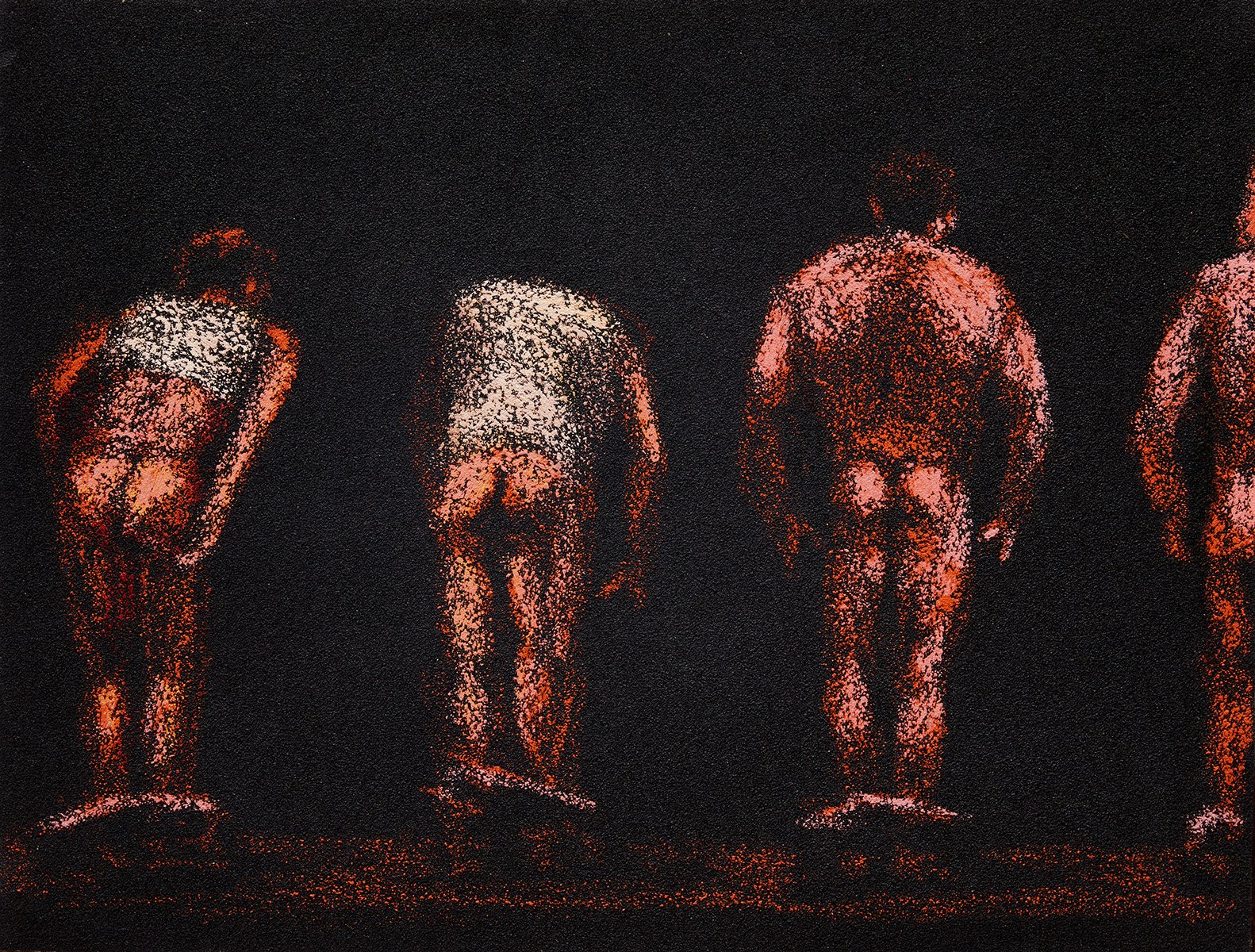Book Review: John A. Chakeres' First Fleet and the Surprising Sexuality of NASA's early-80s Space Program
Courtesy of © Daylight Community Arts Foundation
by Matt Fink
I’ve often thought that, of all the things which can be glimpsed by our eyeballs across the world’s crowded panorama, that which compels the greatest attention are the multifarious objects of the modern world that weren’t created with “art” in mind.
Not to say that a Dyson vacuum cleaner, for instance, isn’t designed deliberately with an eye towards some sort of rigorously thought-out design criteria, only that its function tends to upstage what is that particular appliance’s undeniable sexual magnetism.
Courtesy of © Daylight Community Arts Foundation
Furthermore, as a species, we not only find inanimate objects often pleasing to the eye, we impregnate them with meaning, life. (This tendency reaches its apogee in the so-called animistic religions of, among others, the indigenous peoples of North America and Papua New Guinea.) A manifestation of this strange impulse is found in First Fleet, a visual documentation by photographer John A. Chakeres of NASA’s early-80s space program. There, lifeless shuttles and rockets - ostensibly not built with “art” in mind - are not only admired for their beauty but also imbued with an undeniable sexual anima.
Courtesy of © Daylight Community Arts Foundation
It wasn’t just page after page of giant tumescent rockets that prompted the above observation - it would scarcely be worth mentioning, otherwise - but rather the structure of the book itself: the first main pictorial chapter is entitled “Preflight” and depicts a supine space shuttle being prepped and pampered in a hanger; subsequent images show the long white spacecraft, now vertical, in the process of being lashed to a giant brown rocket. “Launch,” not surprisingly, has the whole kit-and-caboodle spewing all manner of fluid-like smoke and fire as it speeds eagerly skywards, with “Landing” seeing the tired, spent shuttle reverting to its original horizontal position, safely zipped into its hangar, ready for its next breathless voyage into the great beyond. (The final chapter is called “Debriefing,” and, while the title is admittedly suggestive, it only confuses the neat, orderly chronology of our puerile metaphor.)
Courtesy of © Daylight Community Arts Foundation
Courtesy of © Daylight Community Arts Foundation
Curiously though, while the overall structure of the book suggests pre, in and post-coitus, the images themselves reveal a dedication to punishing detail and an admiration for craftsmanship, engineering and industrial design; close-ups of the shuttle being prepared reveal a thousand tiny imperfections that add up to the pleasing sensation of wabi-sabi you get from gazing at a worn pair of leather work boots - not something you associate with the clinical perfection of NASA technology.
Courtesy of © Daylight Community Arts Foundation
Chakeres’ interest in surface texture would crop up time and again in his subsequent work, particularly in three series, entitled Grey, Structure and Concrete. Those collections see him viewing the ostensibly mundane with an eye similar to that which observes humanity’s ingenuity and thirst for exploration in First Fleet: that of a detached - but admiring - extraterrestrial.
Courtesy of © Daylight Community Arts Foundation
In reality, though, Chakeres is anything but above his book’s subject matter; this is the work of a space program fan boy. Evidence of this is found in the following: an exhaustive, retina-punishing appendix, listing, in chronological order, events relating to the NASA Space Shuttle Program from 1972 to 1986; information on the technical aspects of photographing as concussive and seismic an event as a space launch; the flight manifests of the Challenger and Columbia space shuttles; and several hundred no doubt useful acronyms, unlikely to be used to seduce anybody but the most slavish space travel obsessive.
Make no mistake, however; Chakeres is an artist: he manages, above all, to makes that which seems mundane at first glance compelling. To see more examples of this confounding alchemical-aesthetic talent, go to johnchakeres.com.
Courtesy of © Daylight Community Arts Foundation















